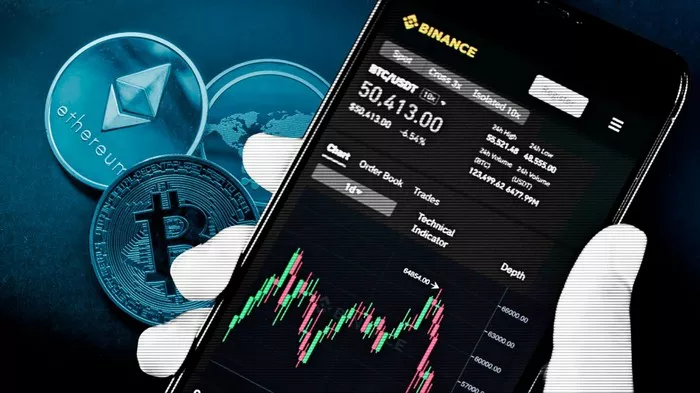In the world of financial markets, keeping a close watch on indices like the Dow Jones Industrial Average (DJIA) is a common practice for traders, investors, and financial enthusiasts. But have you ever found yourself wondering, “What are Dow futures trading at right now?”
Understanding Dow Futures
Dow futures are a type of derivative contract that allows traders to speculate on the future direction of the DJIA. The DJIA represents a selection of 30 major publicly traded companies in the United States, serving as a barometer for the overall health of the U.S. stock market. Dow futures enable market participants to bet on whether the DJIA will rise or fall in the future, providing a way to hedge against market volatility or capitalize on potential opportunities.
Real-Time Indicators of Market Sentiment
Dow futures serve as a real-time indicator of market sentiment, offering insights into how investors anticipate the direction of the stock market. When Dow futures are trading higher, it often indicates positive market sentiment, suggesting that investors are optimistic about the future performance of the DJIA. Conversely, lower Dow futures could signify cautiousness or pessimism among traders.
Global Impact and 24-Hour Trading
The global nature of financial markets means that Dow futures are traded around the clock, encompassing trading sessions in different parts of the world. As markets open and close in various time zones, Dow futures provide a continuous snapshot of investor sentiment, reflecting how global events and developments influence market expectations.
Factors Influencing Dow Futures
1. Economic Data Releases: Economic indicators such as GDP growth, unemployment rates, and consumer sentiment reports can impact Dow futures. Positive data may lead to higher futures prices, while negative data could prompt declines.
2. Corporate Earnings Reports: Earnings reports from the companies represented in the DJIA can significantly influence Dow futures. Strong earnings may lead to bullish sentiment, while disappointing results can have the opposite effect.
3. Geopolitical Events: Geopolitical tensions, trade disputes, and global events can cause volatility in financial markets and impact Dow futures as investors assess potential risks and opportunities.
4. Interest Rates and Monetary Policy: Changes in interest rates and monetary policy decisions by central banks can influence Dow futures. Lower rates may boost futures prices, while rate hikes could lead to declines.
5. Technological Advancements: Advances in technology have made it easier for traders to access real-time data and execute trades. As technology improves, the speed and accuracy of trading Dow futures are enhanced.
Managing Risk with Dow Futures
While Dow futures offer opportunities for speculation and potential gains, they also carry risks. Just as gains can be amplified, losses can also be magnified, especially when leverage is involved. As with any trading activity, risk management is crucial. Traders should implement strategies like setting stop-loss orders and managing position sizes to protect their capital.
Conclusion
The question “What are Dow futures trading at right now?” encapsulates the ever-changing dynamics of financial markets. Dow futures serve as real-time indicators of market sentiment, reflecting investor expectations for the future direction of the DJIA. As a tool for speculation, hedging, and risk management, Dow futures offer traders and investors a way to participate in the financial markets and respond to developments around the world. By keeping a close eye on Dow futures and understanding the factors that influence their movements, market participants can make informed decisions and navigate the complex landscape of financial trading.


